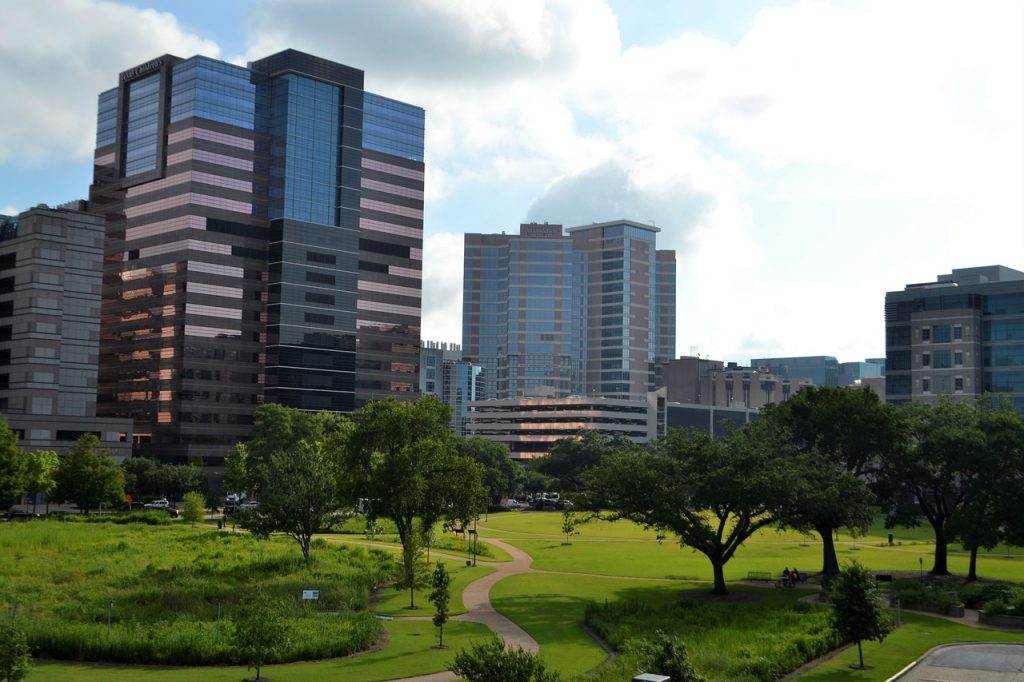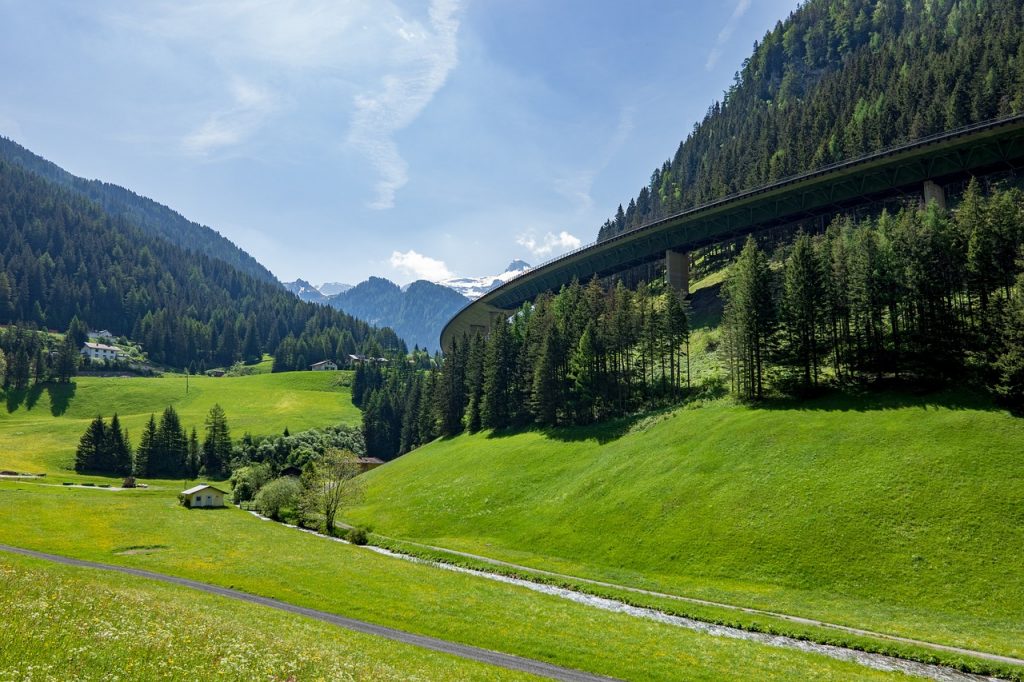
Transforming outdoor spaces into beautiful and functional areas is a common goal for many communities and individuals alike. Effective landscape planning is a critical component of achieving this goal, enabling individuals to create spaces that are not only aesthetically pleasing but also functional.
In this article, we will explore the various approaches to landscape planning and how they can transform outdoor spaces. From environmental considerations to user needs and preferences, we will delve into the factors that must be considered when planning outdoor spaces. Moreover, we will examine the different approaches to landscape planning, including ecological, cultural, and design-based ideologies, as well as the tools and techniques that are used in the planning process.
Defining Landscape Planning
Landscape planning is the process of creating a plan for the design, use, and management of outdoor spaces such as parks, gardens, and public areas. It involves considering a variety of factors such as user needs, environmental impact, and aesthetic appeal. It’s important for outdoor spaces because it helps create cohesive, functional designs that can improve the quality of life for local communities.
One of the primary goals of landscape planning is to ensure that outdoor spaces are designed in a way that supports the needs and preferences of the people who will be using them. This involves considering the demographics of the local community, the overall aesthetic of the space, and the functionality of the design. Additionally, landscape planning takes into account important environmental factors such as terrain, climate, and soil quality to ensure that the space is sustainable and can be properly maintained over time.
Overall, landscape planning is an essential part of creating beautiful, functional outdoor spaces that can serve as a valuable asset for local communities. With careful consideration of user needs and environmental factors, landscape planners can create designs that are not only aesthetically pleasing but also functional and sustainable in the long term.
Landscape planning involves designing outdoor spaces to meet specific functional and aesthetic goals. It encompasses a range of activities, from assessing site conditions to selecting appropriate plants and materials. Commercial landscaping companies are experts in landscape planning for businesses, providing tailored solutions to meet the unique needs of each client. One such company is XYZ Landscaping, which offers a wide range of services for commercial properties, including design, installation, and maintenance. Their expertise in landscape planning helps businesses create beautiful and functional outdoor spaces that enhance their brand and attract customers.
Analysis of Existing Outdoor Spaces

Before embarking on a transformation project, it is crucial to analyze the existing outdoor spaces to identify both strengths and limitations. This analysis provides a baseline for understanding the space and can guide the development of a landscaping plan that maximizes its potential.
Examining existing outdoor spaces may involve conducting a site inventory and analysis, which assesses the physical land characteristics, such as terrain, climate, and soil quality. This data can help identify areas that may require special consideration, such as those with poor drainage or an unsuitable soil texture for planting certain species.
Furthermore, analyzing current outdoor spaces can also provide insight into user needs and preferences. By observing how people interact with the space, identifying which areas are highly utilized, and assessing the level of satisfaction with the current design, landscape planners can develop a plan that addresses the needs of the community.
- Benefits of Analyzing Current Outdoor Spaces:
- Identify strengths and limitations of existing space
- Determine physical land characteristics
- Understand user needs and preferences
- Develop landscaping plan tailored to community
Taking the time to analyze current outdoor spaces may seem like an unnecessary step in the transformation process, but it can ultimately save time and money while improving the overall success of the project. By accounting for site-specific factors and community needs, landscape planning can create outdoor spaces that are not only beautiful but also functional and sustainable.
Environmental Considerations
When it comes to landscape planning, environmental considerations are paramount. The terrain of a certain space will dictate what kind of landscaping may thrive there. For instance, rocky terrains may need plant varieties that are adapted to poor soil quality, while hilly areas require plant arrangements that can prevent soil erosion. The climate is also an essential factor to consider – drought-prone areas may require drought-resistant plant species that can thrive in low water conditions. Soil quality, on the other hand, can influence plant growth and design. Understanding the environmental factors that may impact landscape planning allows designers and planners to create spaces that are both aesthetically pleasing and eco-friendly.
User Needs and Preferences
Understanding the needs and preferences of the users who will be utilizing the outdoor space is crucial when it comes to landscape planning. By taking into consideration the activities that will be taking place in the space, such as recreation or relaxation, planners can design landscapes that cater to those needs. Additionally, considering the preferences of the users in terms of visual appeal and style can lead to higher levels of satisfaction with the space.
A useful tool for determining user needs and preferences is conducting surveys or focus groups to gather feedback. This information can then be used to inform decisions related to the selection of plants, materials, and structures, as well as the layout of the space. By incorporating the input of those who will be using the space, planners can create a more personalized and enjoyable outdoor environment.
- Understanding user needs and preferences leads to higher satisfaction with the space
- Surveys and focus groups are useful tools for gathering feedback
- Incorporating user input leads to a more personalized and enjoyable outdoor environment
Approaches to Landscape Planning
Approaches to landscape planning vary widely, based on ideology and objectives. The ecological approach prioritizes the preservation of natural systems and habitats within a landscape. This approach focuses on using native plant species, reducing chemical use, and restoring degraded or polluted landscapes. The cultural approach seeks to enhance and express the cultural meaning of a site. This approach is often used to create outdoor spaces that reflect the history, heritage, and values of a community. Finally, the design-based approach, also known as the aesthetic approach, emphasizes the visual appeal of the space. It involves strategic selection and arrangement of plants, structures, and other elements to create a visually stunning landscape. A blend of these approaches can create a unique and effective landscape plan.
Ecological Approach

An ecological approach to landscape planning is centered around the belief that the natural world is a valuable resource to be preserved and protected. This approach prioritizes the creation of outdoor spaces that are sustainable and in harmony with the surrounding environment.
One of the key aspects of ecological landscape planning is selecting native plants and species that are well-suited to the local climate and soil conditions. Native plants typically require less maintenance and are more resistant to pests and diseases, making them a more sustainable choice for landscaped areas. This approach also involves using natural solutions to resolve issues like erosion or water runoff.
In addition to benefiting the local ecosystem, incorporating an ecological approach into landscape planning can provide numerous advantages for users of the space as well. Ecologically designed spaces can have a calming and restorative effect, allowing visitors to reconnect with nature and reduce stress levels. Plus, by preserving natural habitats and biodiversity, these spaces can help support a healthier and more eco-friendly community overall.
Cultural Approach
The cultural approach to landscape planning is based on the idea that outdoor spaces should reflect the unique history and heritage of the community where they are located. This approach considers the cultural significance of the space, including the architecture and art of the area. The goal is to create spaces that are not only functional but also meaningful to the community.
Designers who take a cultural approach to landscape planning carefully consider the history and traditions of the area. They may incorporate local materials, architecture, and art into the design of the space. They might also use local plants, including those that have cultural significance in the community.
One of the primary benefits of the cultural approach to landscape planning is that it can encourage a sense of pride and ownership among residents of the community. By creating a space that reflects their culture and traditions, people are more likely to use and care for the space.
Design-based Approach
The design-based approach to landscape planning places a heavy emphasis on achieving aesthetic goals through the strategic selection and arrangement of plants, structures, and other elements in an outdoor space. The primary goal of this approach is to create an environment with a strong visual appeal that reflects the client’s preferences and lifestyle. This approach is particularly useful when the primary objective is to enhance the appearance of a space while maintaining its functionality.
Some of the key characteristics of the design-based approach include an emphasis on visual beauty, careful attention to detail, and a focus on creating focal points and eye-catching elements. Design-based planning often involves selecting plants or other elements that will add color or texture to a space, as well as considering the placement of elements like benches, sculptures, and water features to create a visually appealing and functional environment.
- Emphasis on visual beauty and aesthetics
- Careful attention to detail and arrangement of elements
- Focal point creation and eye-catching elements
- Strategic placement of plants, structures, and other elements
Tools and Techniques
Landscape planning involves several tools and techniques that help in transforming outdoor spaces. Site analysis is the first step towards any successful project. This includes studying the site’s topography, drainage, soil quality, vegetation, and the environment. It helps in identifying the limitations and opportunities that the site presents.
Design processes are another critical aspect of landscape planning. Landscape architects and planners utilize different design processes to create outdoor spaces. They include conceptual design, schematic design, design development, construction documents, and construction phase. Each phase builds on the previous one, ensuring that every detail is considered and incorporated into the final project.
Maintenance considerations are another crucial factor to consider in landscape planning. It involves developing a maintenance plan that ensures the space’s continued beauty and functionality. Planning for proper irrigation, pruning schedules, and pest control is essential in ensuring the space remains vibrant all year round.
Overall, landscape planning involves analyzing the site’s characteristics, utilizing the appropriate design processes, and developing a maintenance plan to ensure the site remains healthy and beautiful.
Site Analysis
Before undertaking any landscaping project, it is crucial to conduct a thorough site analysis to gather pertinent information about the area. The site analysis process involves gathering data on the natural features, physical characteristics, and environmental conditions of the space to be landscaped. This information provides a basis for developing an effective and appropriate landscape plan.
During the site analysis, factors such as topography, soil type and quality, drainage patterns, and existing plant species are examined. The analysis also considers factors such as sun and shade exposure, wind patterns, and moisture levels. By identifying these characteristics, the landscape plan can be tailored to suit the unique needs of the space.
Additionally, the site analysis should take into account the intended use of the landscaped area, as well as any potential safety and legal issues. It provides valuable information for choosing appropriate plant species, hardscape materials, and other design elements that will work well in the space. This approach ensures that the final landscape is not only aesthetically pleasing but also functional and sustainable.
- The site analysis is an essential component of landscape planning, and it is essential to conduct it before beginning any project.
- It helps gather critical information about the natural features and environmental conditions of the site.
- Site analysis aids in identifying factors such as topography, soil quality, sun exposure, wind, and moisture levels.
- Incorporating information obtained from site analysis makes the final landscape more functional, sustainable, and appropriate for the space.
